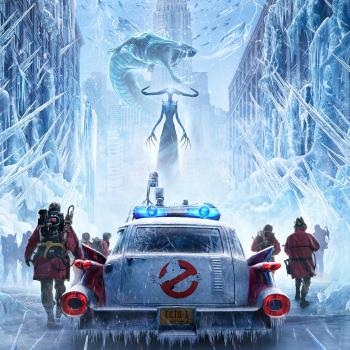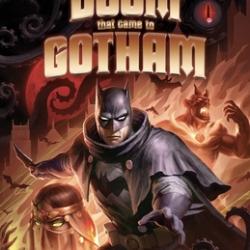Review of G.I. Joe: Retaliation, Directed by Jon Chu
Cobra Commander has escaped from a high security prison, the evil Zartan is impersonating the President, and all but four of the G.I. Joes have been killed. It seems that nothing stands between Cobra Commander and his plan of absolute world domination. Will the remaining Joes be able to foil his nefarious schemes? Or will Cobra Commander maniacally laugh his way to the destruction of all things good?
You will like this movie if and only if you meet two conditions: 1) you played with G.I. Joes as a kid; and 2) you are capable of suppressing all the voices in your head except those of a 12-year-old boy. If you lack either quality, then you will become distracted by the bad dialogue, barely-coherent plot, and over-the-top villains. If, however, you fulfill these conditions, then you will realize that G.I. Joe: Retaliation is every action-figure battle ever fought across the living room floor transferred to the big screen and given a substantial budget. The bad dialogue and barely-coherent plot will be quickly forgotten in the face of moustache-twirling evil, implausibly convoluted schemes, and spectacular heroics.
With that said, I suspect most people will not enjoy this movie. It is an objectively terrible film in terms of its structure, cohesiveness, and, well, everything else that goes into making a good movie. On the other hand, for those of us who from time to time embrace terrible films and enjoy a good bad movie, this movie is a welcome break from otherwise serious flicks.
There’s not much worthy of theological reflection in G.I. Joe: Retaliation. I suppose I could say something about how much more compelling the villains are than the heroes (seriously, Zartan is fantastic) and how that appeals to us in a number of ways that are highly questionable, but frankly I don’t think this film is worthy of such extended attention.
Instead, I’ll just say a word or two about B-Movies and the critical role they play in American cinema. (And rest assured, despite its budget, this is certainly a B-Movie.) Even aside from their historical role as filler in double-features—a role now largely defunct—B-movies are essential in keeping Hollywood honest. They have a tendency to pick one thing (action, plot, dialogue, etc) and do it exceptionally well at the expense of every other aspect of the film. For example, Kevin Smith’s movies (however repulsive they may otherwise be) are known for their excellent dialogue. Sam Raimi has a gift for odd camera angles that transforms the camera—and by extension, the viewer—feel as if it is another character in the film. Wes Craven has a feel for what makes suburbanites uncomfortable. I could go on, but the big point is that B-Movies tend to excel in one area, while “A-Movies” have to try to cover all the bases.*
What G.I. Joe: Retaliation does particularly well is remind us (and hopefully Hollywood as well) of all the spectacular action sequences that have been possible by the proper application of technology. You want a sword-fight? How about a sword fight on the side of a cliff while flying through the air on an assortment of zip lines and rappelling ropes? You want to see tanks? How about tanks fighting a glorified dune buggy with rockets? You want to see motorcycle stunts? How about a motorcycle that jumps into the air, breaks into four small jets that propel themselves into a building and then explode? (Again, note the influence of the twelve-year-old-mind at work here.)
Obviously G.I. Joe is not the only movie in which you’ll find impressive action sequences this year. And yet, if you can channel your inner 12-year-old and bask in the glorious nostalgia of imagined action figure battles in bygone days, this film might be worth your time and attention (though not perhaps at 3D or IMAX prices).
*This is of course not the only definition of a B-Movie. Further reflection on the subject will be pursued in later reviews. If you need your fix now, here’s an interview with Bruce Campbell where he discusses some of what makes a B-Movie a B-Movie and why they matter.
Dr. Coyle Neal sits in a high backed chair in Washington, D.C., stroking his black cat and patiently awaiting an opportune moment.












